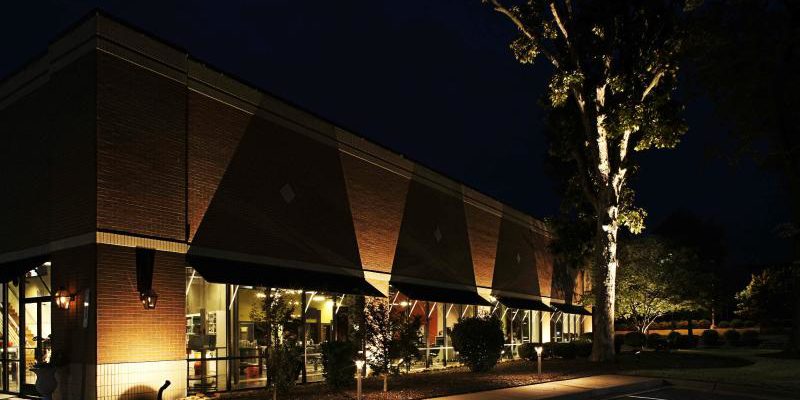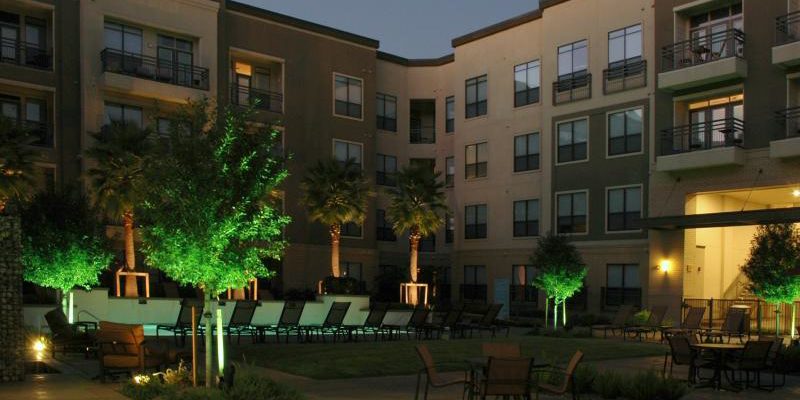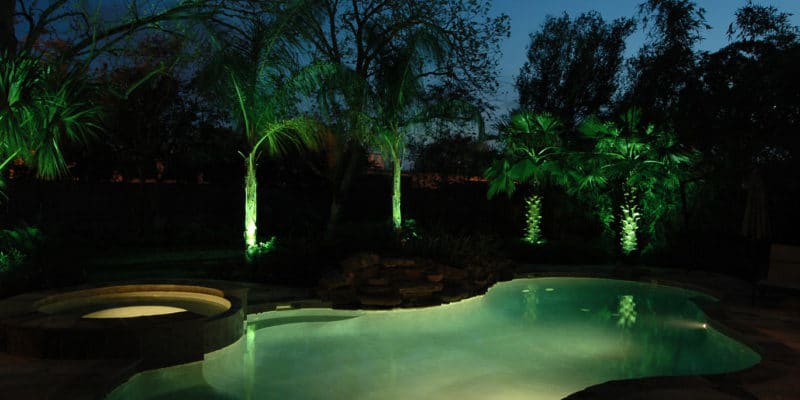4 Projects Only A Certified Houston Electrician Should Handle
Faulty grounding, overloaded circuits, and poor wire connections are some of the mistakes you don’t want to do in your home. These will most certainly put your loved ones (including yourself) at risk. Certified electricians undergo extensive training, which helps them understand the various electrical codes. It doesn’t cost much to have a certified electrician diagnose and fix any electrical problems you might have. While you might be able to handle various electrical installations, here are 4 projects that are best handled by a licensed electrician.
1. Circuit Breaker Upgrades
There are times when you are required to have your electrical service panel or circuit breakers upgraded to support the current electrical needs. Maybe you had a few more appliances installed in the house, the lights are flickering, or you keep blowing up a fuse. Having the circuit breaker upgraded could solve the problem. While it may seem like a simple job, upgrading a circuit breaker panel isn’t an easy job. Many factors have to be put into consideration to ensure it supports all the appliances and current required. That said, only a certified electrician should be allowed to handle such projects.
2. Adding GFCI Receptacles, Outlets, USB Ports
If you need a few extra power outlets in the house or need GCFI upgrades, then an electrician is the person to call for the job. Electricians understand that GCFI outlets are essential in high-risk areas such as the kitchen and the bathroom, which is why you should have at least one of these outlets installed. GFCI outlets are designed to cut power or electricity if the line comes in contact with water. This thus reduces the risk of shock and unbalanced electrical load.
Improper grounding is one of the leading causes of shock, loss of power, and even electrical fires in many homes. An experienced electrician should be able to handle the installations expertly and also add any outlets and USB ports in the house safely. Adding some of these outlets entails cutting into the wall. A trained person will know just how this should be done to prevent damage and do a clean job.
3. Outdoor Lighting
Security and ambient lighting come in hand in many homes. If looking to add a few more security lights or outdoor lights into the compound, you might as well call a certified electrician. He/she should be able to thread the wiring and even ground it properly to reduce potential risks. The electrician will not only handle the installations but also advice you on the best lighting elements for the job. Any part used for outdoor lighting should have the capacity to withstand the harsh weather outside.
4. Replace Light Fixtures
Many homeowners can replace light fixtures with ease. There are however instances when you aren’t sure what or where to get the replacement fixtures from. Several factors such as load, amperage, and whether the existing wiring supports the fixture ought to be considered before replacing one. Nonetheless, a qualified electrician should be able to identify and determine the right accessory to use for the same. Other factors that the electrician will consider are high-temperature insulation (not present in older homes) and a strong ceiling mount.
Unless you are sure of what to do, always call a certified electrician to help with any electrical project you have. This will save you from trouble and money too.
If you would like to discover more tips and tricks from Robert Huff Illuminations; visit our blog. Call or contact us today for more information!



